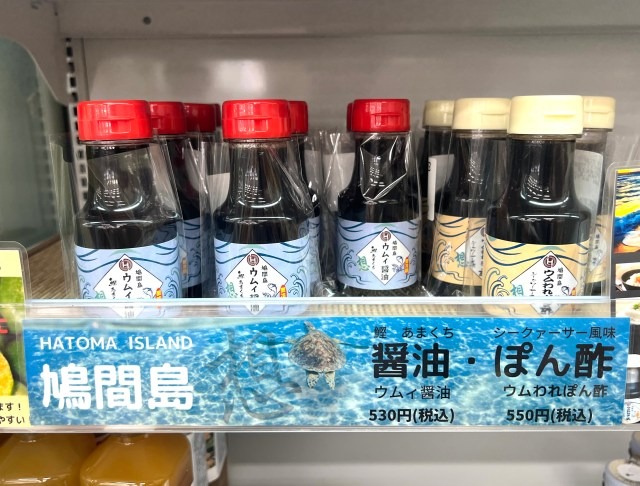
It’s a saucy little island.
The Yaeyama Islands are a group in Okinawa Prefecture that is so far southwest it’s practically on Taiwan’s doorstep. The most well-known and populous of these is Ishigaki Island, which our writer Kouhey recently visited to check out some colorful Shima Gyoza.
But a couple dozen kilometers away is the tiny island of Hatoma which is about one kilometer (half a mile) in diameter and boasts a population that hovers around 50 people. That being said, it overachieves in the fame department, having been the backdrop for the 2005 television show Ruri’s Island which had a popular theme song titled “Koko Ni Shika Sakanai Hana” (The Flower that Only Blooms Here).
But while Ishigaki itself can be considered remote by most people’s standards, Hatoma is remote even by Ishigaki standards. In fact, even though Kouhey comes to the Yaeyama Islands frequently, he’s only managed to go to Hatoma once before. It’s rather difficult to get to as the only ferry that goes there from Ishigaki is often canceled.
This time he managed to arrive on the shores of Hatoma once more and decided to browse around the JA Okinawa Farmers Market Yaeyama Yuratiku Market.
While inside, a couple bottles of sauce caught his eye. The sign on the shelf read “Umui Soy Sauce” and “Umuware Ponzu Sauce.”
Another sign explained that “umui” is the Japanese word “omoi” in a local dialect which has a somewhat loose meaning of “wanting”, “spirit”, and “emotion”, so “umuware” would seem to have a passive voice sense of “being wanted” or “being thought of fondly.” In other words, these sauces are filled with the feeling of the island.
That was enough to sell Kouhey on a bottle of each. The soy sauce was 530 yen (US$3.50) and the ponzu, which is a sauce with a similar look and consistency to soy sauce but with a very different citrusy taste, cost 550 yen ($3.70).
Soy sauce and ponzu are generally recommended to be refrigerated, but there are those who believe it’s better not to. These bottles are unique in that they dispel all doubt and flat-out say, “Refrigeration Needed.”
Kouhey decided to wait until he arrived home before trying them so he could run a full battery of taste tests against their standard counterparts. First up was a platter of tuna sashimi.
In this round, Umui Soy Sauce, brewed on a tiny island of 50 people, went up against some Yamasa Sashimi Soy Sauce, brewed by a company with a workforce of over 800 people.
Kouhey commenced by dipping a piece of tuna in the popular Yamasa sauce. Sure enough, it was the familiar taste he knew and loved. It immediately triggered an urge to have a beer with his pleasant meal.
Next was the Umui Soy Sauce, and at first taste he found it to be very similar. However, after savoring it a little more, the umami-filled flavors of dried bonito and kelp began to emerge. Also, because Kouhey refrigerated the bottle it was cooler and seemed to fit the cool temperature of the sashimi better too.
He then tried both soy sauces drizzled on some chilled tofu.
Again, the Yamasa sauce gave him that reliable taste of tofu and soy sauce with no complaints.
The Umui Soy Sauce, on the other hand, again brought extra flourishes of flavor while also enhancing the natural taste of the tofu. It was perfect compatibility.
While fine in its own right, Yamasa was getting trounced by the Umui Soy Sauce, so for the final item, it tagged out with Amakute Oishi Soy Sauce by Fundokin.
This time another soy sauce classic was selected with tamago kake gohan (TKG).
He poured a generous amount into each bowl…
…and allowed it to seep into the rice.
Amakute Oishi has been Kouhey’s favorite soy sauce with TKG for as long as he can remember. It has an unrivaled sweetness that goes perfectly with the egg and rice in this dish. It’s a TKG soy sauce he couldn’t recommend enough.
Umui Soy Sauce had its work cut out for it on this one. However, after taking a bite, Kouhey was blown away by the taste. It was hard to compare with Amakute Oishi because this sauce had a more savory deliciousness with the umami enhanced by the egg. It was also excellent and had an addictive quality that made him feel like eating four more bowls.
After confirming that the Umui Soy Sauce was an outstanding condiment, it was time to turn his attention to the Umuware Ponzu.
This time it would once again go up against Yamasa and their Kelp Ponzu.
The first round will see how each ponzu complements a grilled flounder fillet.
Once again Yamasa is poured on first…
…again, it was a solid taste that sparked an urge to eat some grated daikon.
The Umuware Ponzu, however, brought things to a whole other level.
It felt like it was in harmony with the flavor of the fish and Umuware Ponzu’s taste of Okinawa lime was subtle enough to make its presence known without overpowering the other flavors.
Next, Kouhey tried each on some salads.
This was his first time using ponzu on a salad, so he was sure not to get that classic taste from Yamasa this time.
He was surprised to taste how well it went with salad, though, and regretted never having done it before. It was good enough to make him want to use ponzu as a salad dressing from now on.
Next, Kouhey tried the Umuwazu Ponzu with a salad. Considering Yamasa didn’t have the advantage of fond memories with this dish, it wasn’t looking good.
But much to his surprise, the Umuwazu Ponzu wasn’t quite up to snuff on a salad. It had a thicker taste that made the salad feel less refreshing than the Yamasa ponzu. Yamasa’s sauce was also kelp-based which might have helped it blend better with the vegetables.
With the two ponzu tied, this match-up was to be decided by the mixed rice dish of takikomi gohan.
This was also a first-time pairing of takikomi gohan and ponzu, so our writer didn’t know what to expect. The Yamasa ponzu was a pleasant surprise and the flavorful sauce mingled well with the various ingredients embedded in the rice. This was another combination that he was sure to try again.
The Umuware Ponzu, however, was an even more amazing experience. Its less tart taste made it a totally different experience from the previous one. The subtle yet very distinct taste of the Okinawa lime fit in well with the rice and gave the entire meal a unique character.
In the end, there’s no question that Umui Soy Sauce and Umuware Ponzu are both great sauces with a lot of uniqueness and depth. Eating them did fill Kouhey with a longing for the scenic beauty of Hatoma Island.
The sauces truly are flowers that only bloom on that remote island, but as luck would have it, they’re also available online and delivered anywhere in Japan. For a fan of either sauce, they’re worth trying at least once.
Related: Adanashi Shokudotani
Photos ©SoraNews24
● Want to hear about SoraNews24’s latest articles as soon as they’re published? Follow us on Facebook and Twitter!
[ Read in Japanese ]

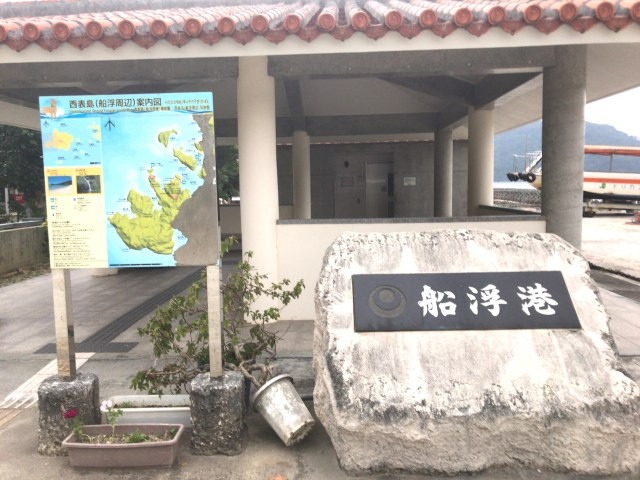
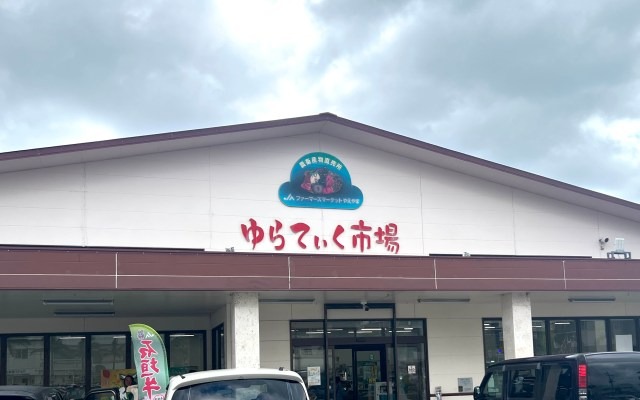

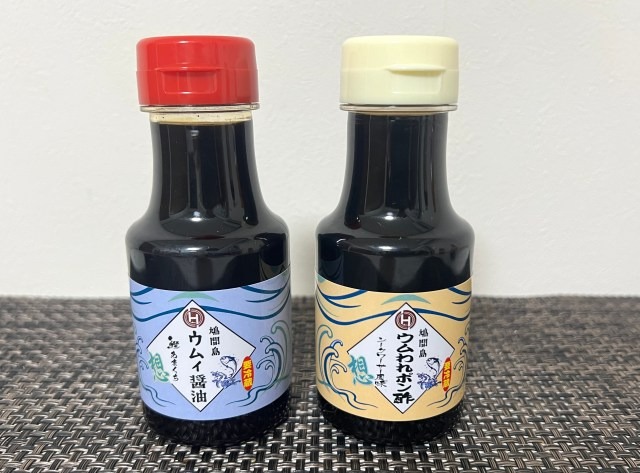

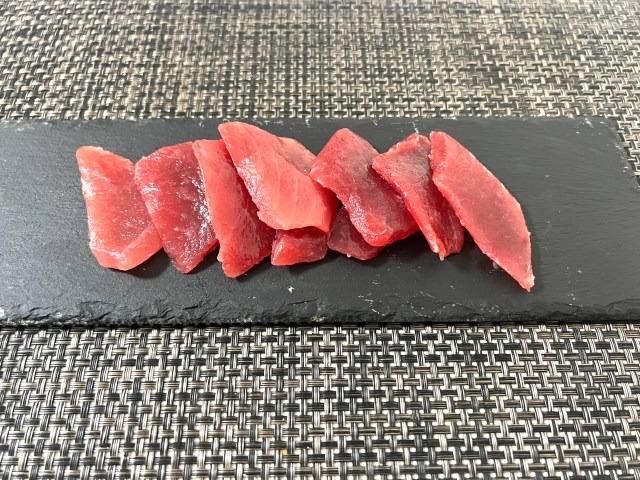
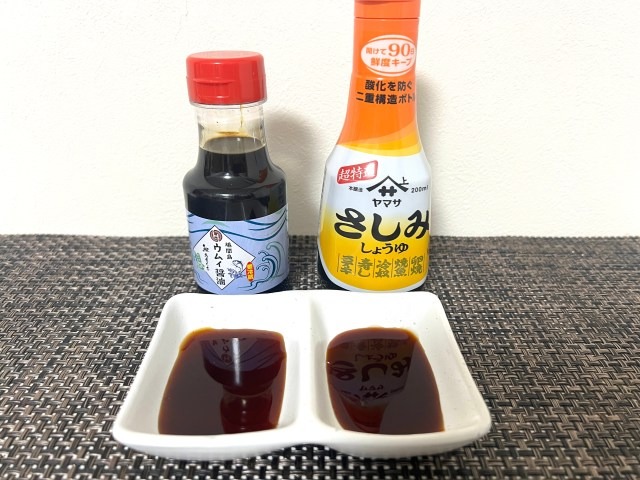
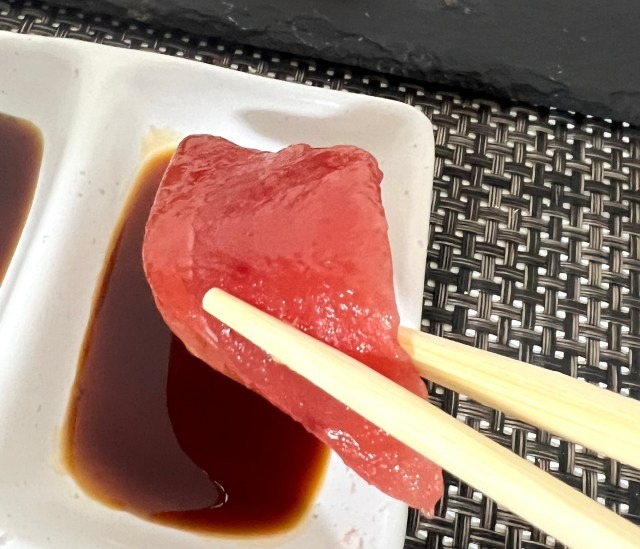
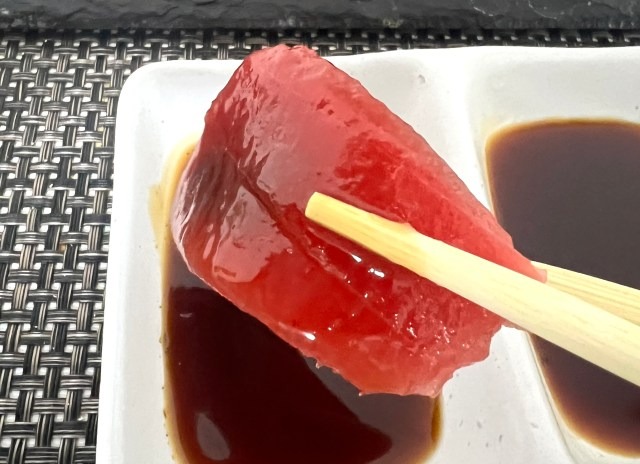
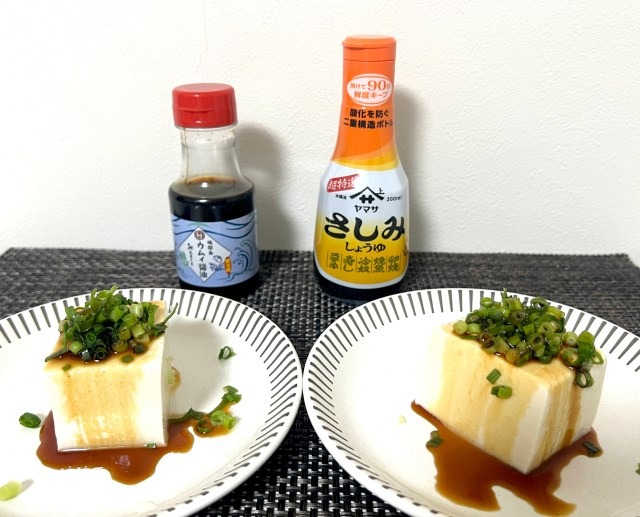
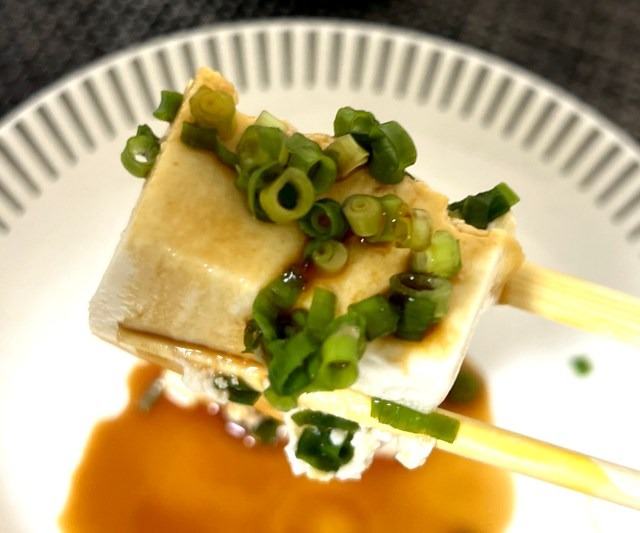
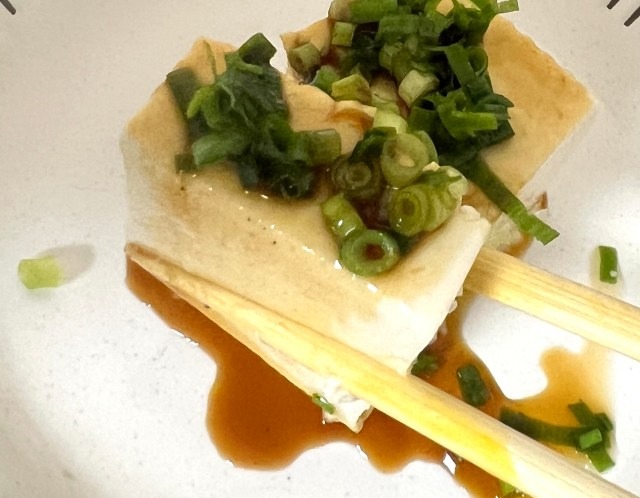

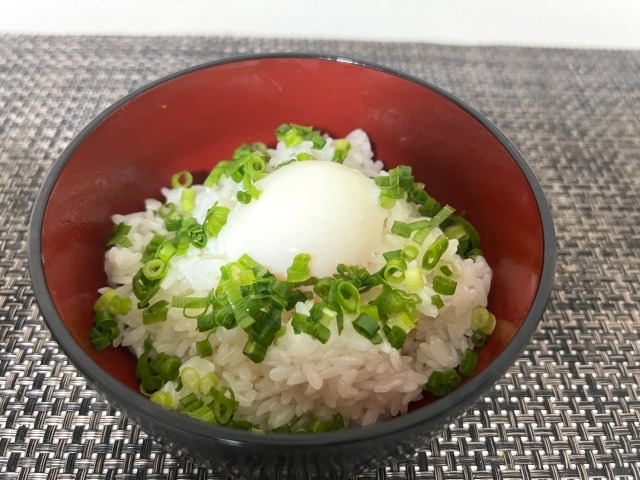
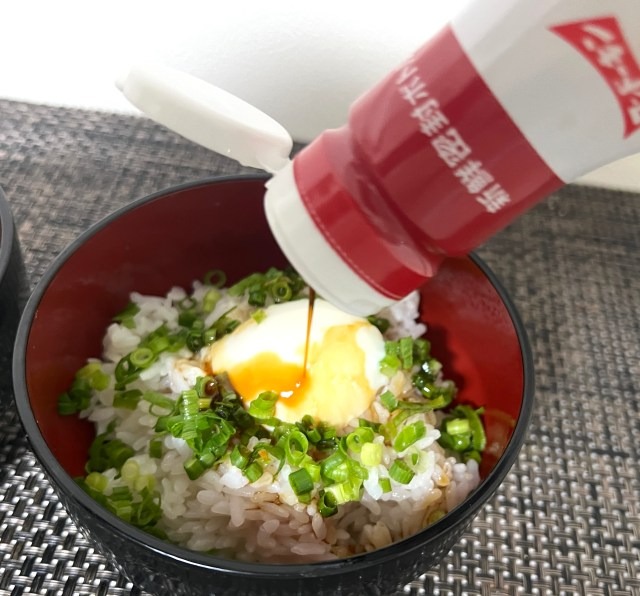

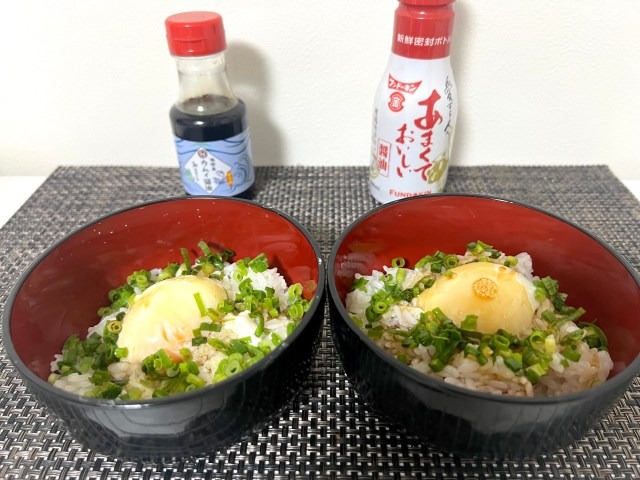

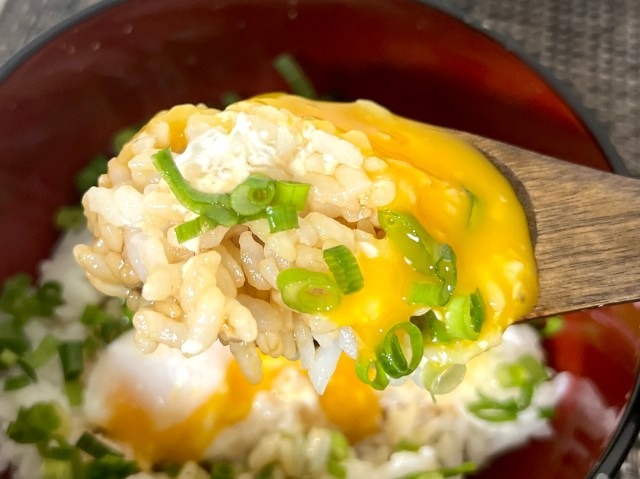
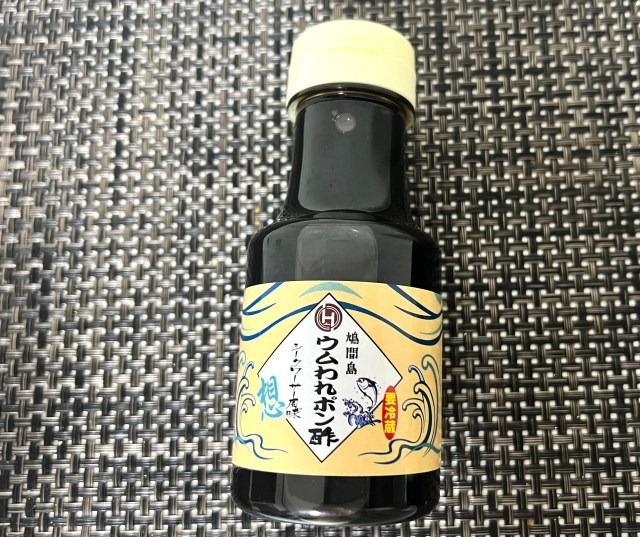
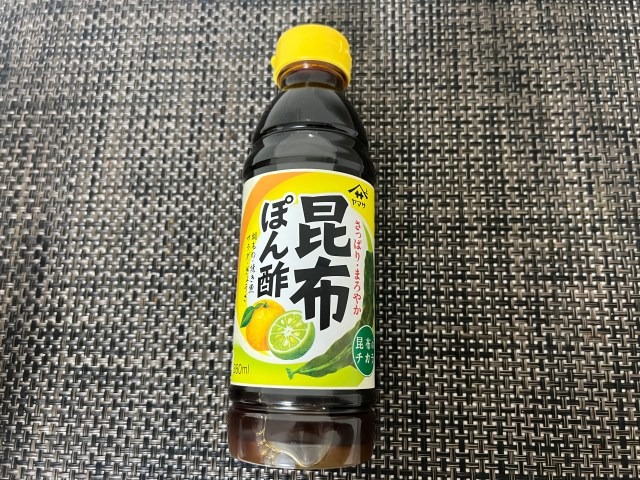
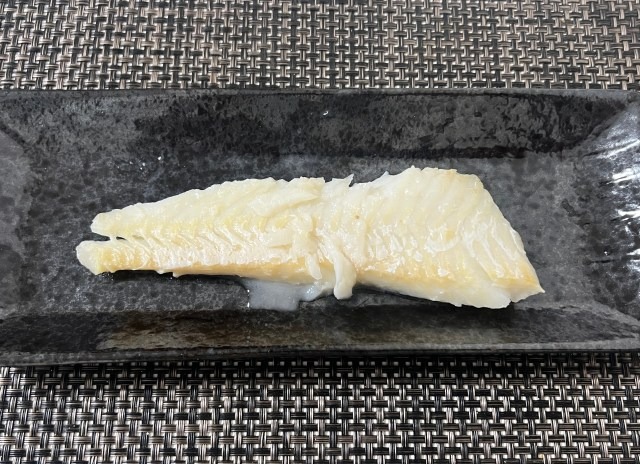
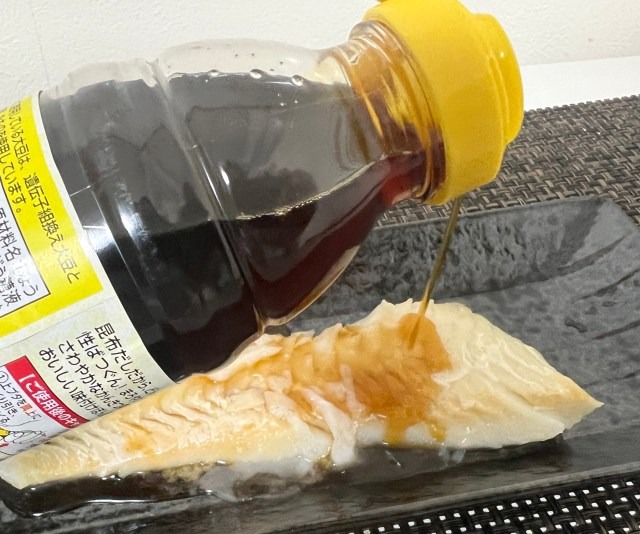
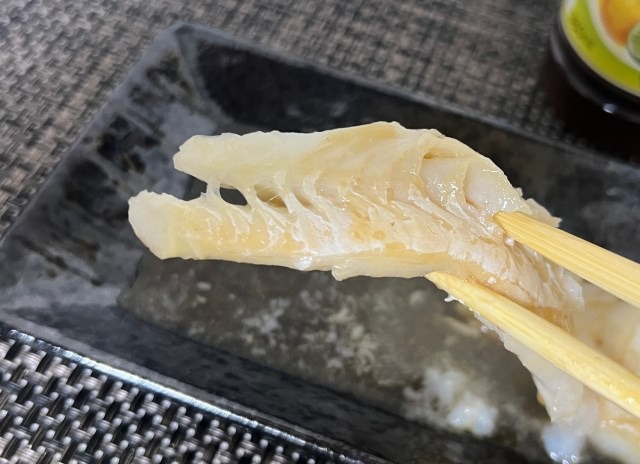
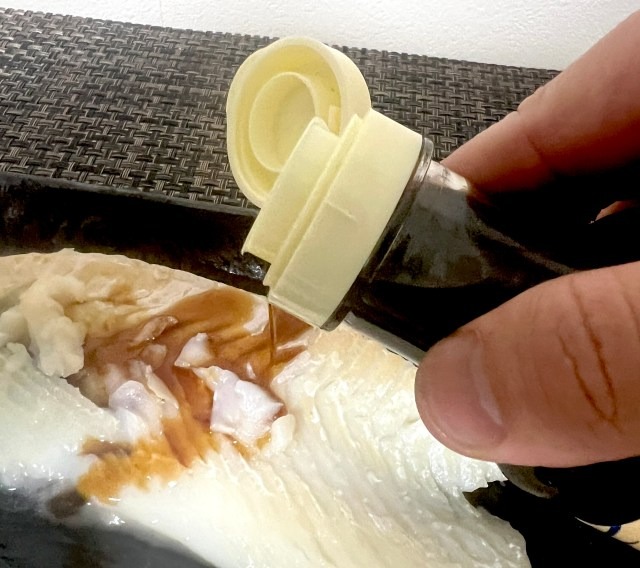
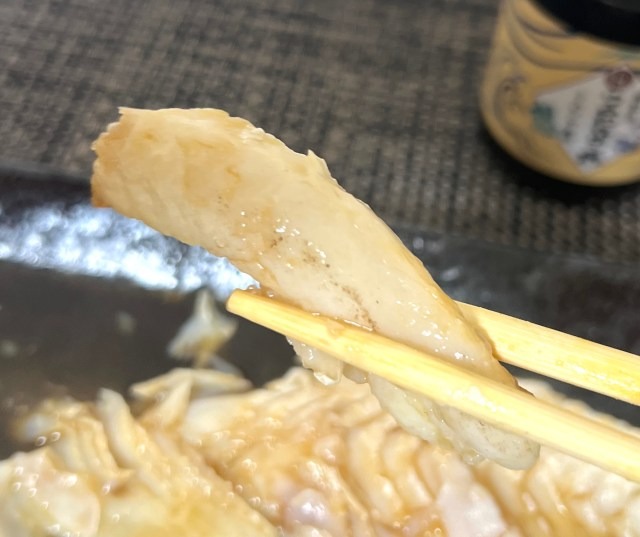
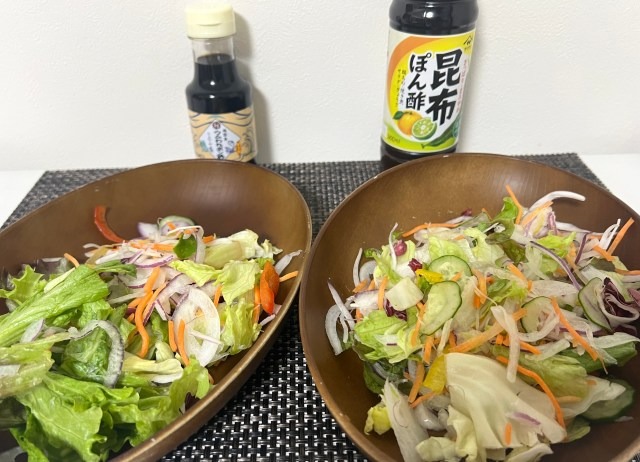

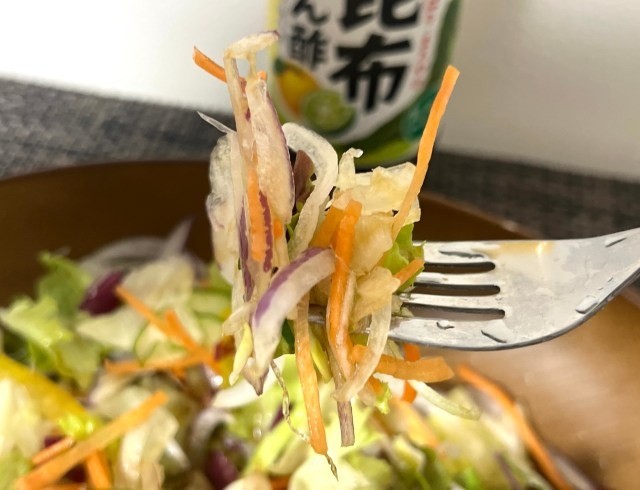
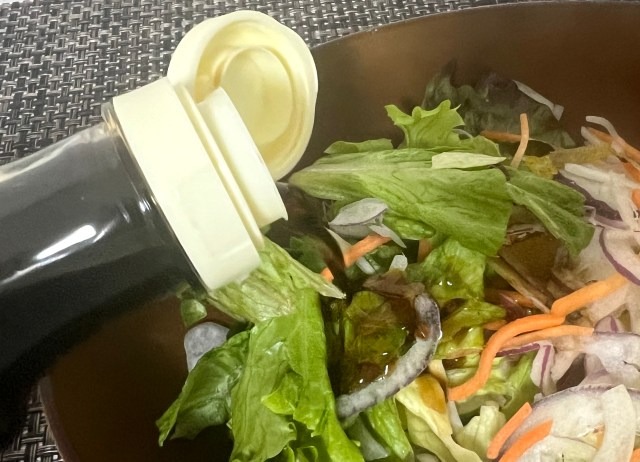

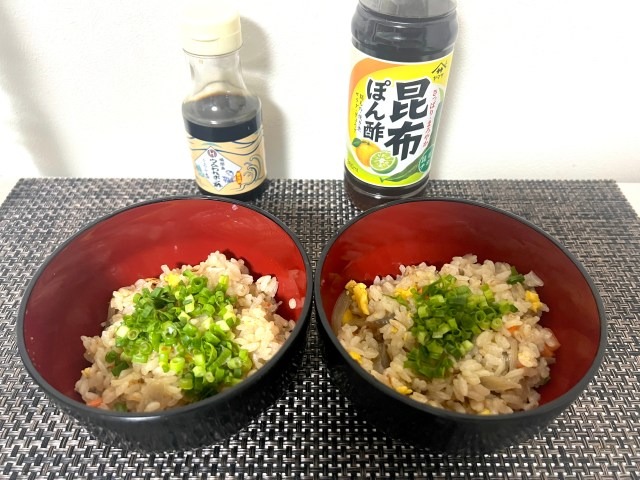
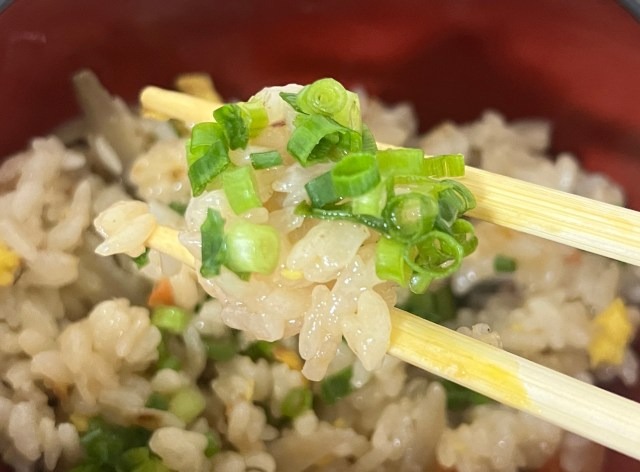
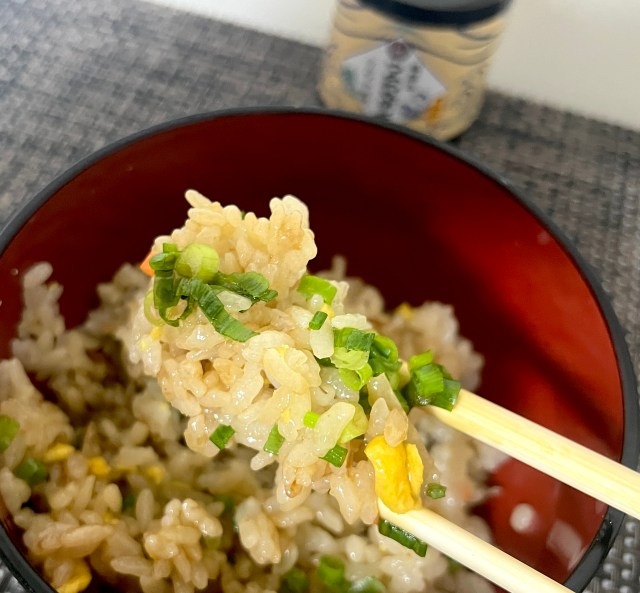
 Shima Gyoza: Hidden restaurant sells island dumplings that look like macarons
Shima Gyoza: Hidden restaurant sells island dumplings that look like macarons We find an Okinawan chili sauce made with the rarest kind of awamori–so we had to taste it
We find an Okinawan chili sauce made with the rarest kind of awamori–so we had to taste it The pros and cons of using Fluffy Foam Soy Sauce【Taste test】
The pros and cons of using Fluffy Foam Soy Sauce【Taste test】 We tried cocoa soy-sauce paste and opened up a whole new world of possibilities【Taste test】
We tried cocoa soy-sauce paste and opened up a whole new world of possibilities【Taste test】 American Reddit post claims this soy sauce will change your life【Taste test】
American Reddit post claims this soy sauce will change your life【Taste test】 Japan considering raising international traveler departure tax even more than previously reported
Japan considering raising international traveler departure tax even more than previously reported Japan’s EF English Proficiency Index rank drops for 11th straight year, hits lowest ever
Japan’s EF English Proficiency Index rank drops for 11th straight year, hits lowest ever Popular Japanese ramen restaurant Ichiran’s lucky bags are great value for money
Popular Japanese ramen restaurant Ichiran’s lucky bags are great value for money Our authentic, homemade red pickled ginger triumphs over store-bought versions【SoraKitchen】
Our authentic, homemade red pickled ginger triumphs over store-bought versions【SoraKitchen】 Chinese government’s don’t-go-to-Japan warning has heartwarming non-effect on Yokohama Chinatown
Chinese government’s don’t-go-to-Japan warning has heartwarming non-effect on Yokohama Chinatown A whole slew of Totoro Christmas cakes are on their way to make the season extra merry【Photos】
A whole slew of Totoro Christmas cakes are on their way to make the season extra merry【Photos】 The 10 best day trips from downtown Tokyo【Survey】
The 10 best day trips from downtown Tokyo【Survey】 Ichiran Ramen doubles the price of its lucky bag this New Year, but is it worth it?
Ichiran Ramen doubles the price of its lucky bag this New Year, but is it worth it? Japan’s lap-pillow ear-cleaning salons aren’t just for pervy guys, we find out
Japan’s lap-pillow ear-cleaning salons aren’t just for pervy guys, we find out The most preposterous “adult” gacha capsule toys at Akihabara Station
The most preposterous “adult” gacha capsule toys at Akihabara Station Japan’s human washing machines will go on sale to general public, demos to be held in Tokyo
Japan’s human washing machines will go on sale to general public, demos to be held in Tokyo Japanese train company is letting fans buy its actual ticket gates for their homes
Japanese train company is letting fans buy its actual ticket gates for their homes Yoshinoya adds first-ever chain-wide ramen with new beef and pork-broth noodle hot pot meals
Yoshinoya adds first-ever chain-wide ramen with new beef and pork-broth noodle hot pot meals Nintendo’s Kirby now delivering orders at Kura Sushi restaurants, but not in Japan
Nintendo’s Kirby now delivering orders at Kura Sushi restaurants, but not in Japan Is China’s don’t-go-to-Japan warning affecting tourist crowds in Shibuya’s Don Quijote?
Is China’s don’t-go-to-Japan warning affecting tourist crowds in Shibuya’s Don Quijote? Is China’s don’t-go-to-Japan warning affecting tourist crowd sizes in Nara?
Is China’s don’t-go-to-Japan warning affecting tourist crowd sizes in Nara? Studio Ghibli stamps lift your spirits with motivational phrases from Totoro
Studio Ghibli stamps lift your spirits with motivational phrases from Totoro New fish discovered and named “Vanderhorstia supersaiyan” for obvious reasons
New fish discovered and named “Vanderhorstia supersaiyan” for obvious reasons Japanese town suing resident for being a jerk
Japanese town suing resident for being a jerk Starbucks Japan unveils new Christmas goods and a rhinestone tumbler that costs 19,500 yen
Starbucks Japan unveils new Christmas goods and a rhinestone tumbler that costs 19,500 yen Real-world Nausicaa Ghibli anime glider completes its final flight in Japan【Video】
Real-world Nausicaa Ghibli anime glider completes its final flight in Japan【Video】 Brand-new Pokémon park opens in Japan with larger-than-life-size Lapras【Photos】
Brand-new Pokémon park opens in Japan with larger-than-life-size Lapras【Photos】 Unique inclined elevator in Japan leads to a town that inspired Studio Ghibli’s Spirited Away
Unique inclined elevator in Japan leads to a town that inspired Studio Ghibli’s Spirited Away Is China’s don’t-go-to-Japan warning affecting tourist crowds in Tokyo’s Asakusa neighborhood?
Is China’s don’t-go-to-Japan warning affecting tourist crowds in Tokyo’s Asakusa neighborhood? Naturally brown-haired Osaka student sues government for forcing her to dye her hair black
Naturally brown-haired Osaka student sues government for forcing her to dye her hair black Tokyo hotel lets you make your stay a Sanrio one with special My Melody and Kuromi rooms【Pics】
Tokyo hotel lets you make your stay a Sanrio one with special My Melody and Kuromi rooms【Pics】 Survey asks foreign tourists what bothered them in Japan, more than half gave same answer
Survey asks foreign tourists what bothered them in Japan, more than half gave same answer Japan’s deadliest food claims more victims, but why do people keep eating it for New Year’s?
Japan’s deadliest food claims more victims, but why do people keep eating it for New Year’s? We deeply regret going into this tunnel on our walk in the mountains of Japan
We deeply regret going into this tunnel on our walk in the mountains of Japan Studio Ghibli releases Kodama forest spirits from Princess Mononoke to light up your home
Studio Ghibli releases Kodama forest spirits from Princess Mononoke to light up your home Major Japanese hotel chain says reservations via overseas booking sites may not be valid
Major Japanese hotel chain says reservations via overseas booking sites may not be valid Put sesame oil in your coffee? Japanese maker says it’s the best way to start your day【Taste test】
Put sesame oil in your coffee? Japanese maker says it’s the best way to start your day【Taste test】 The top 10 annoying foreign tourist behaviors on trains, as chosen by Japanese people【Survey】
The top 10 annoying foreign tourist behaviors on trains, as chosen by Japanese people【Survey】 No more using real katana for tourism activities, Japan’s National Police Agency says
No more using real katana for tourism activities, Japan’s National Police Agency says J-pop mega star Ado reveals she’s been living in the U.S., may not understand language acquisition
J-pop mega star Ado reveals she’s been living in the U.S., may not understand language acquisition Putting Japanese soy sauce on ice cream: Just crazy enough to work? 【Taste test】
Putting Japanese soy sauce on ice cream: Just crazy enough to work? 【Taste test】 Soy sauce on pancakes? We try the newest dessert idea from a century-old soy maker【Taste test】
Soy sauce on pancakes? We try the newest dessert idea from a century-old soy maker【Taste test】 Japanese vending machine is the first of its kind, operated by a local business
Japanese vending machine is the first of its kind, operated by a local business We were blown away by Funabashi Sauce Ramen, just a short ride from central Tokyo【Taste test】
We were blown away by Funabashi Sauce Ramen, just a short ride from central Tokyo【Taste test】 Transparent soy sauce is a thing — we saw it, we tried it, we’re confused by it
Transparent soy sauce is a thing — we saw it, we tried it, we’re confused by it Miso powder on ice cream? Don’t knock it until you’ve tried it, we say!【Taste test】
Miso powder on ice cream? Don’t knock it until you’ve tried it, we say!【Taste test】 Trying Family Mart’s Alternative Seafood Rice Bowl made with 5 imitation toppings【Taste test】
Trying Family Mart’s Alternative Seafood Rice Bowl made with 5 imitation toppings【Taste test】 We try Japanese desserts made with bits of tuna. What could go wrong? 【Taste test】
We try Japanese desserts made with bits of tuna. What could go wrong? 【Taste test】
Leave a Reply